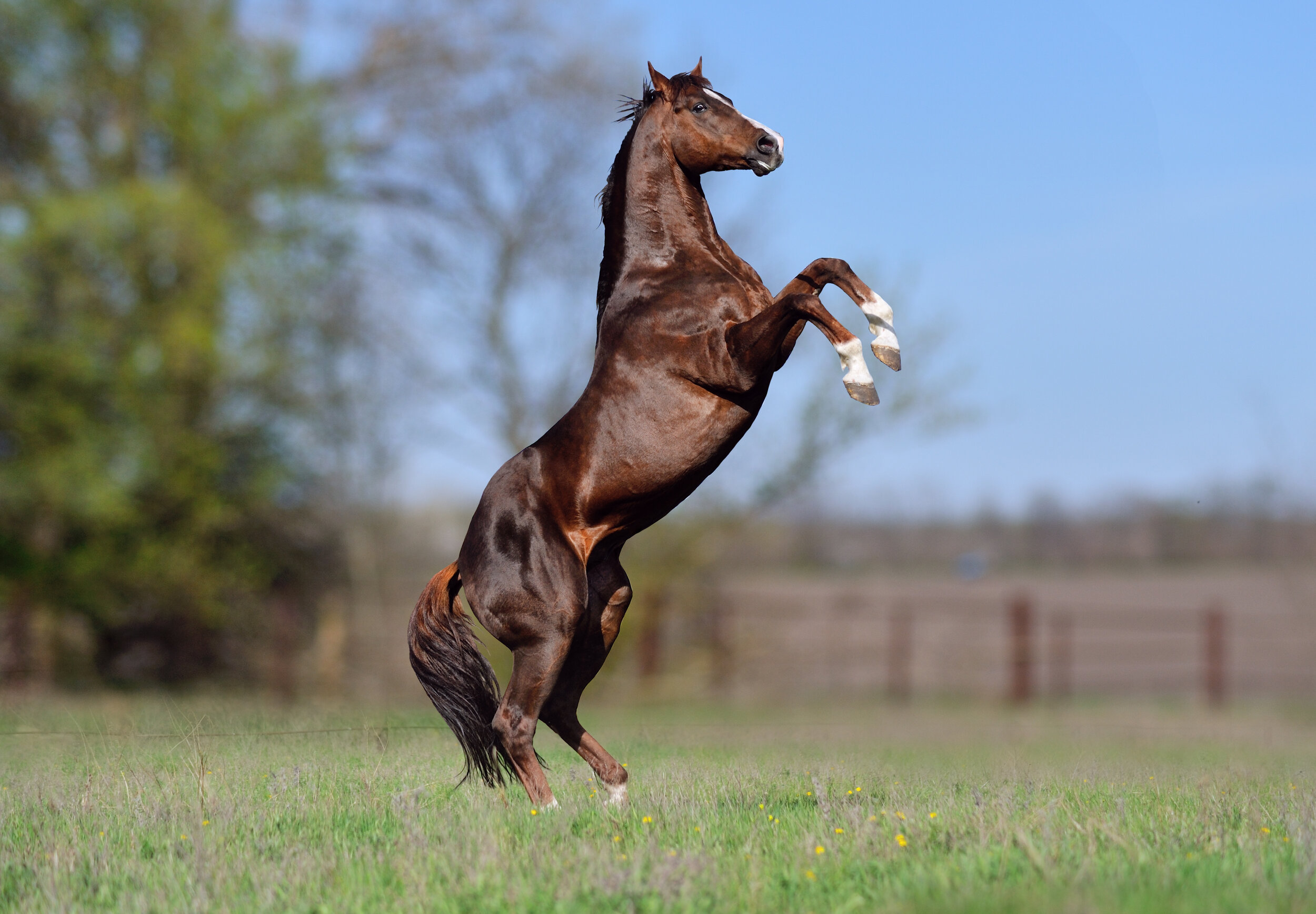Testosterone - More than just muscles
By Dr Catherine Dunnett
Testosterone is a hormone that has received a lot of attention in the media, mostly in a negative context due to its historical doping use in humans and animals. When we think about testosterone we associate it with muscle building and aggression. There is, however, so much more to testosterone, which I have uncovered in recent weeks.
Testosterone is a hormone that is produced naturally by colts, fillies and geldings in varying amounts. Colts show a naturally higher circulating level of testosterone than geldings and fillies. Testosterone is classified as a steroid hormone, and it has a characteristic ring-like structure, being ultimately derived from cholesterol (see Figure 1). It is produced primarily in the testes in colts, but perhaps surprisingly also in the ovaries and adrenal glands, which explains the natural levels found in fillies and geldings.
Testosterone is responsible for the development of primary sexual characteristics in males and also drives muscle development. However, it is also converted to dihydrotestosterone and estradiol, both of which have interrelated functions. Estradiol has a major role to play in the brain and in maintaining cartilage integrity and bone density. Interestingly, neither synthetic testosterone, nor dihydrotestosterone can be converted to estradiol; and so this is likely to have negative connotations for bone when the muscular strength is affected through synthetic testosterone administration.
Testosterone also has an effect on blood by stimulating the production of red blood cells. It is also reputed to have a psychological impact beyond the well-recognized effects on sexual drive and aggression. In people, testosterone is reported to boost confidence and positivity in some circumstances, as well as dominance and competitive success.
Testosterone synthesis is not straightforward and forms part of a complex series of pathways where cholesterol can be converted to one of many possible steroidal substances. How much testosterone is produced is controlled by a series of hormones and various feedback mechanisms. Stimulation of testosterone synthesis would be difficult to achieve non-medically, yet it has been a target of supplement manufacturers in humans and horses over many years. Ingredients such as gamma oryzanol, fenugreek, ginseng, velvet antler, horny goat weed and others have been offered as having a positive effect on testosterone synthesis. Most of these ingredients, however, would have little in the way of science to support this and even where some published studies exist. For example, for extracts of fenugreek, there is significant controversy over the validity of the results. Additionally, one can never be sure that a positive result in one species will deliver the same in another species due to differences in digestion and absorptive capacity, as well as physiological differences. As far as I am aware, there are no ingredients or products that have been unequivocally shown to boost circulating testosterone in horses.
Rice bran oil
One such ingredient—gamma oryzanol—is a nutritionally important constituent of rice bran oil and is normally present at a level of about 1-2%. Gamma oryzanol is sometimes marketed as a “natural steroid” with the ability to increase circulating testosterone naturally. Gamma oryzanol is in fact not a single compound but a mixture of ferulic acid esters of triterpene alcohols and plant sterols.
Gamma oryzanol has been used in both human and equine athletes in the belief that it elicits anabolic effects, ranging from increased testosterone production and release, to stimulating growth hormone release. …
BUY THIS ISSUE IN PRINT OR DOWNLOAD
ISSUE 55 (PRINT)
$6.95
ISSUE 55 (DIGITAL)






